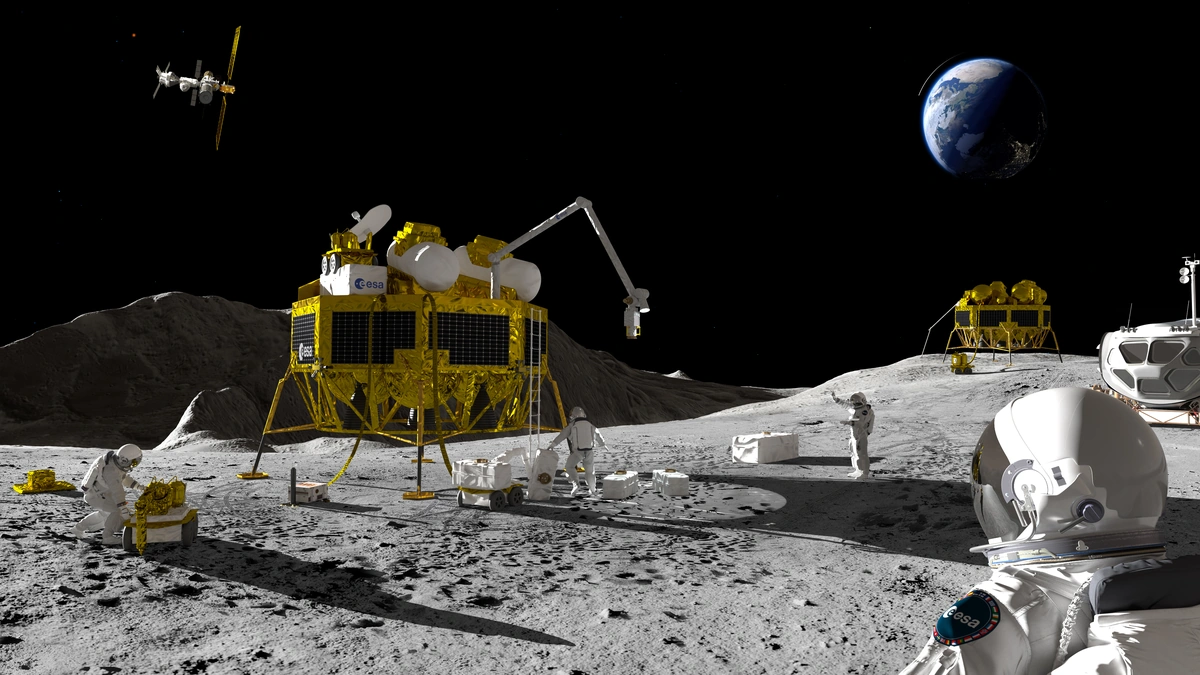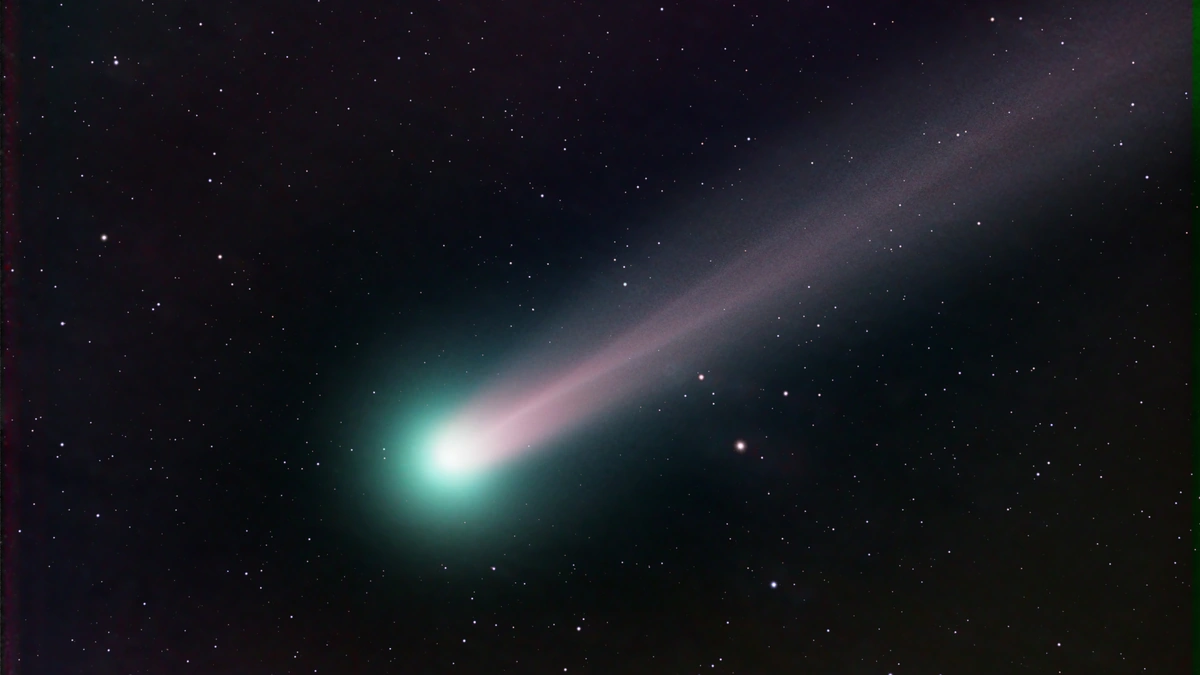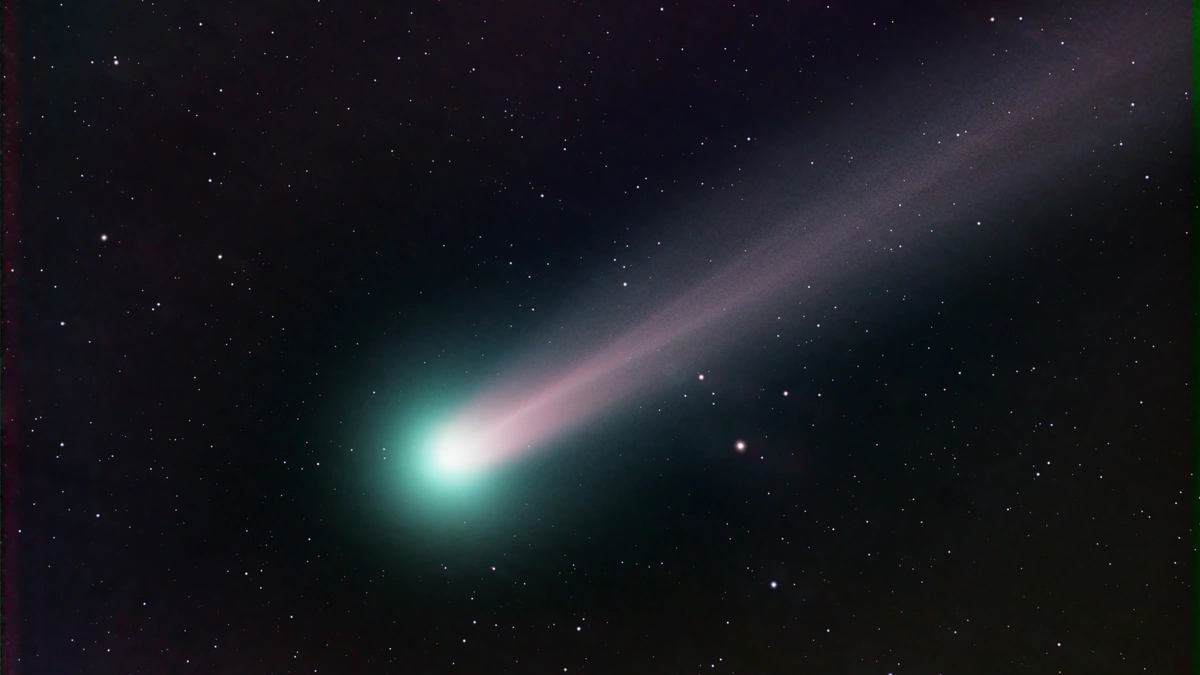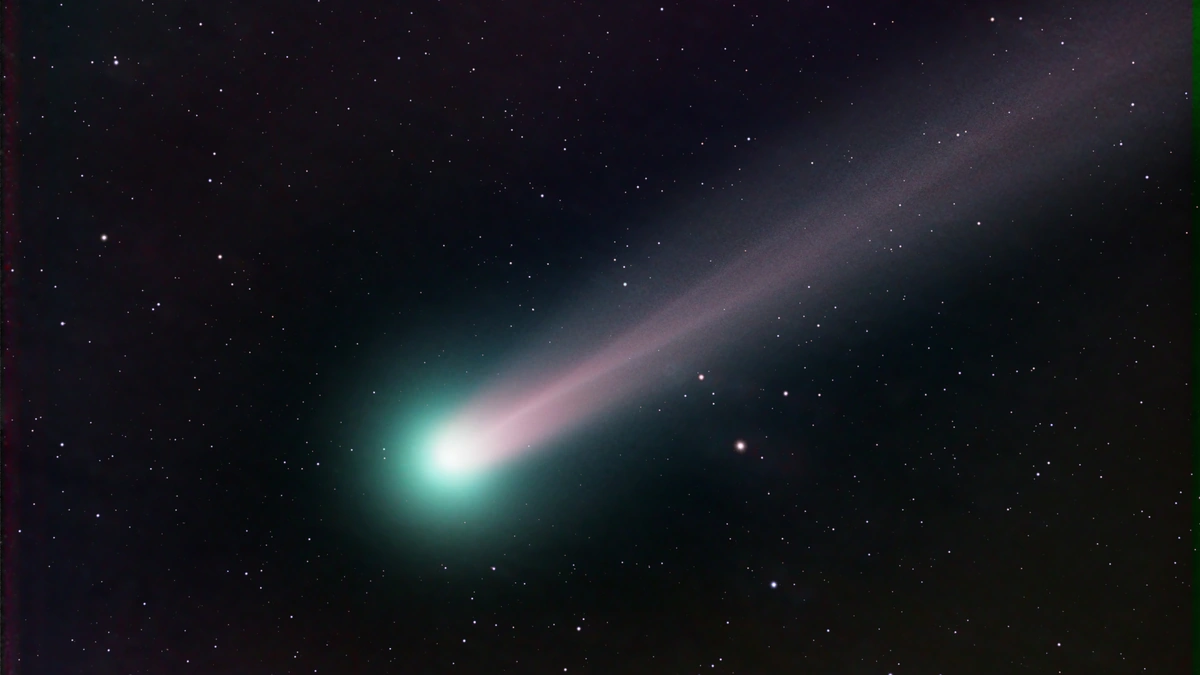NASA Announces Target Date for Human Moon Mission
Alright, folks, let’s talk about the Moon! NASA’s just dropped a date – a target, mind you – for when we’re planning to send humans back to the lunar surface. Sounds exciting, right? But here’s the thing: it’s not just about planting flags and collecting rocks this time. It’s much deeper than that. What fascinates me is the reason behind this renewed interest in moon exploration . It’s not just a repeat performance of Apollo; this is a whole new chapter.
Why This Moon Mission Matters (Beyond the Photo Ops)
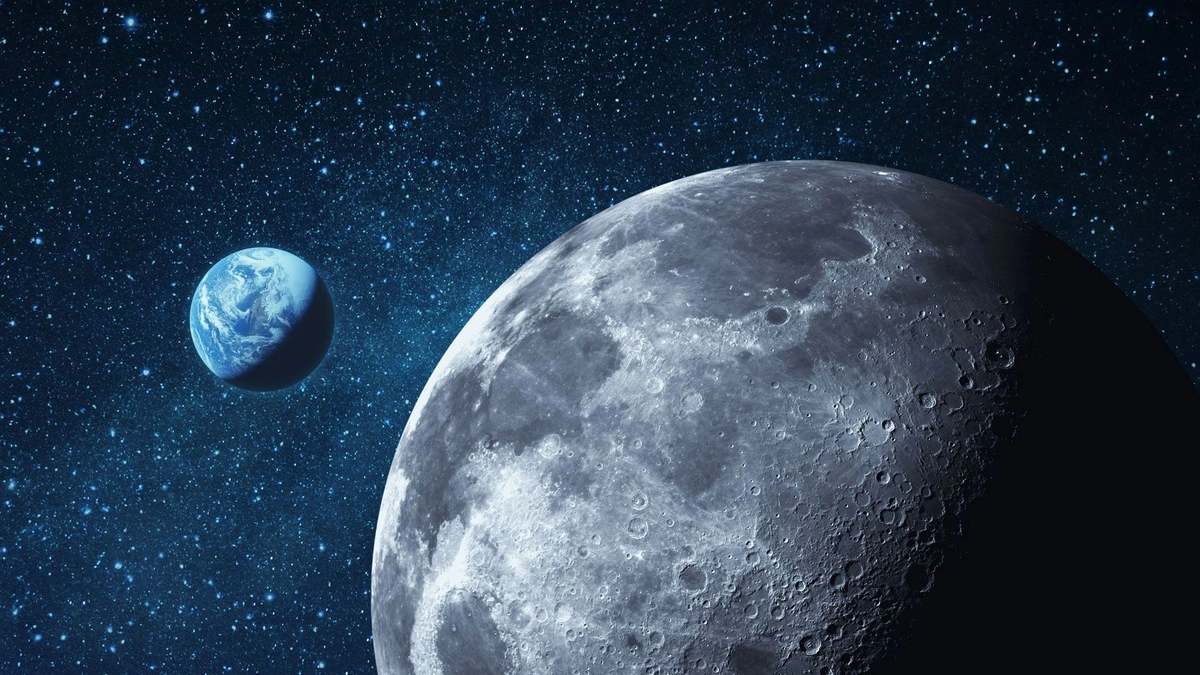
So, why now? Why this mission? Let’s be honest, we’ve been there before. The Apollo missions were amazing, groundbreaking, and captured the world’s imagination. But they were also, let’s face it, a bit of a sprint. Get there, do some science, and come back. This time, it’s different. NASA’s Artemis program – and that’s what this whole human moon mission hinges on – is about sustained presence. Think of it as building a Moon base, a stepping stone for future missions to Mars and beyond. This isn’t just about visiting; it’s about settling in. Building infrastructure. Learning to live and work on another celestial body.
And that has profound implications. It means developing new technologies, pushing the boundaries of engineering, and fostering international collaboration on a scale we haven’t seen since… well, since the original space race, maybe. But with a crucial difference: this isn’t about beating someone else. It’s about expanding humanity’s reach, together. Think of the scientific discoveries ! Think of the resources we might unlock! What I initially thought was a straightforward return to the moon, I now realize is something much grander.
The ‘How’ | Building a Lunar Economy
Okay, so how are we actually going to pull this off? It’s not like we can just pack a suitcase and hop on a rocket. The challenges of lunar exploration are immense. We need to develop habitats that can withstand extreme temperatures and radiation. We need to figure out how to extract resources like water ice from the lunar surface – water that can be used for drinking, growing food, and even making rocket fuel. I remember reading about the initial plans, and the scale of the logistics is astonishing.
And that’s where the private sector comes in. NASA is partnering with companies like SpaceX and Blue Origin to develop the rockets, landers, and other technologies needed for sustained lunar presence. This isn’t just about government funding; it’s about creating a lunar economy , a self-sustaining ecosystem of businesses and industries that can support human activity on the Moon. This is a transformative moment, and the potential is limitless. NASA and its partners are pioneering new methods for space exploration and utilization. What excites me is that we’re not just going to the Moon; we’re learning how to live there.
The Emotional Angle | Why the Moon Still Matters to Us
But beyond the science and the technology, there’s something else at play here: the emotional connection. The Moon has always held a special place in our imaginations. It’s a symbol of hope, of exploration, of the boundless potential of the human spirit. Think about it: for millennia, people have looked up at the Moon and dreamed of what might be. Now, those dreams are becoming a reality. This new moon mission is not just about technological advancement; it’s about reigniting that sense of wonder and inspiring a new generation of scientists, engineers, and explorers. It’s about reminding us that anything is possible if we dare to reach for the stars – or, in this case, the Moon.
And that, to me, is incredibly powerful. It’s a reminder that even in the face of earthly challenges – climate change, political divisions, economic uncertainty – we can still come together to achieve something truly extraordinary. The Moon is a symbol of unity, a shared goal that transcends national boundaries and ideological differences. And in a world that often feels fragmented and divided, that’s something worth celebrating. According to NASA , the mission will push the boundaries of human knowledge.
Navigating the Risks and Rewards of Lunar Missions
Of course, let’s not pretend that this is all sunshine and moonbeams. There are risks involved. Space travel is inherently dangerous. The lunar environment is harsh and unforgiving. There will be setbacks, failures, and unforeseen challenges along the way. But that’s part of what makes it so exciting. It’s about pushing ourselves to the limit, learning from our mistakes, and never giving up on our pursuit of knowledge and discovery. A common challenge I see is the underestimation of the required resources. The commitment to lunar missions requires international cooperation and a long-term perspective. What excites me about is the opportunity to witness human ingenuity at its best.
What fascinates me is how these missions not only expand our scientific knowledge but also foster innovation in a variety of fields. From developing new materials to improving medical technologies, the ripple effects of space exploration are far-reaching. These advancements often find their way into our everyday lives, improving the quality of life for people around the world. Think about the technologies used in smartphones, medical imaging, and even water purification systems. All have been inspired by or directly derived from space exploration efforts.
The Future is Lunar | Long-Term Implications
So, what’s the long-term vision? What happens after we establish a sustained presence on the Moon? Well, the possibilities are endless. We could use the Moon as a base for exploring the rest of the solar system. We could mine asteroids for valuable resources. We could even build a permanent lunar colony, a self-sustaining human settlement on another world. Imagine the impact on our understanding of the universe. The potential for scientific discovery is staggering. Let’s not forget the economic opportunities as well, from space tourism to resource extraction. The exploration of the moon has the potential to transform our society in profound ways.
For example, the search for water ice on the Moon could lead to the development of new technologies for water extraction and purification. These technologies could then be applied to addressing water scarcity issues here on Earth. Also, the development of radiation-shielding materials for lunar habitats could lead to advancements in medical imaging and cancer treatment. It’s crucial to acknowledge the risks of moon exploration , including technical failures and potential environmental impacts. The ethical considerations surrounding resource extraction on the Moon are also important. What excites me is how these challenges can drive innovation and encourage responsible exploration.
FAQ About the Upcoming Moon Mission
Frequently Asked Questions
When is the target date for the next human moon mission?
NASA has announced a target date, but it’s subject to change based on testing and development.
What is the primary goal of this mission?
The goal is to establish a sustained human presence on the Moon.
Who are the key partners involved in the Artemis program?
SpaceX and Blue Origin are key private sector partners, along with international space agencies.
What resources are being targeted on the lunar surface?
Water ice is a primary target, which can be used for various purposes, including rocket fuel.
What are the potential long-term benefits of a sustained lunar presence?
It can enable further exploration of the solar system and lead to new technologies and economic opportunities.
How can I follow the progress of the Artemis program?
You can track updates on NASA’s official website and social media channels.
The mission represents not just a scientific endeavor, but also a bold step in human history. It showcases our relentless pursuit of knowledge and our unyielding spirit of exploration. But here’s the thing, it will require careful planning, international cooperation, and a deep commitment to safety and sustainability. It’s crucial to learn from our past experiences and to address the ethical and environmental considerations associated with space exploration. What excites me is the opportunity to witness humanity reaching for the stars, pushing the boundaries of what’s possible. Lunar surface is waiting!
